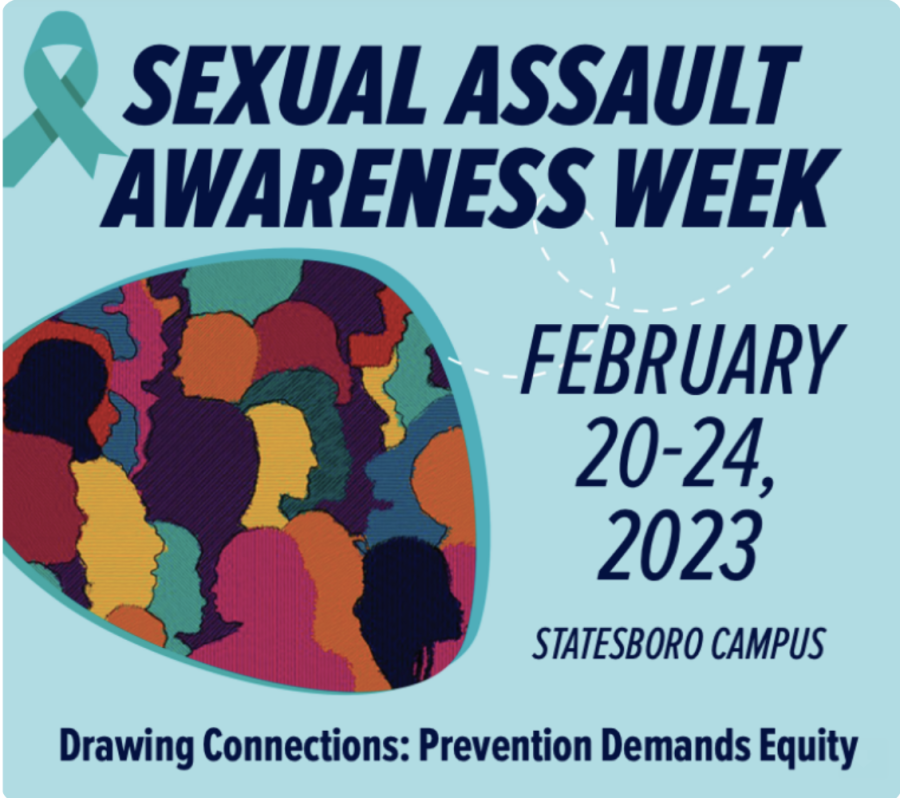Fall in Statesboro is fast approaching and with the murmurs of tailgates and fair-weathered college debauchery looming, the Eagle Alerts are also starting to pour in. Criminal masterminds are gearing up to save money to hand out candy on Halloween by committing everything from petty thefts to strong-armed kidnappings and students receive word as soon as they happen. Amidst the all too familiar, if not consistently shocking, emails, the dean of students office sent out a cautionary message last week regarding the dangers of abusing a substance called “kratom”.
If we are to believe the content of the email, those who do not heed the warning may be doomed to an experience filled with seizures, psychosis, and even death. Lesser symptoms may include, but are not limited to “..nausea, vomiting, and pain; chills and sweats; dizziness and unsteadiness; hangover effects; itching; and drug withdrawal symptoms,” the email continued. After writing at length about kratom’s fight to stay legal in this year’s spring print edition of Reflector Magazine, I was taken aback by the demonization of the plant. It is true, as with anything, that taking too much of the herb can cause moderate to somewhat severe side effects, but kratom alone has never been tied to the death of any individual if not taken in conjunction with another substance. With this in mind, it is extremely important that the potential kratom user researches all possible interactions with any prescribed or over the counter medication.
The respective school administrations undoubtedly meant the best from their email and wish to see the student body prosper in ways that only an Eagle can. But as someone who has watched one too many friends end up in a casket after entering the throes of addiction, I ask myself where the solution is to come from. By and large, the government and pharmaceutical companies alike seem to be standing by as our generation is dying in droves from overdoses and drug related deaths. Calling the issue an epidemic isn’t an overly-stylized moniker either, over 50,000 people died from overdoses in 2015, with most fatalities coming as a direct result of opiate abuse. A natural, untainted, and beneficial analog-opioid substitute could be the saving grace for the estimated 2+ million people addicted in America. Sadly, according to the American Society of Addiction Medicine, the problem is on the rise at an exorbitant rate with four out of five heroin addicts starting out by abusing prescription painkillers and 249 million people receiving prescriptions for opioids in 2012 alone.
As a consumer of any product you need to do your research before buying it. Before buying a car, you need to see if the seat belts work, if the parking break checks out, or if it will make you vomit uncontrollably from some unforeseen force. Most retailers will tell you the same thing before selling you kratom: DO YOUR RESEARCH. The facts are that kratom does indeed have some unintended side effects, but again, almost every medication does. Kratom effects the same areas of the brain that opioids do, the mu-opioid receptors to be exact, but you will likely not get these effects unless you take a high dose. If taken habitually it does have addictive properties, but so does that cup of Starbucks you drink every morning on the way to work.
In a world where 150 people die every year from taking acetaminophen, the main pain-relieving ingredient in Tylenol, and over 600,000 die from heart disease from a lifelong journey to this nations fast food restaurants, what can’t we die from these days? Kratom. You can’t die from kratom. There are two stories to be told here: The story of listing all the side effects, the majority of which will never come to fruition if you take kratom responsibly, and the story of looking at this plant as a realistic alternative to the opioid epidemic. Frankly, even mentioning the product will likely entice impressionable younger students to seek it out, so why not tell them of responsible use? Why not tell them about the dangers of taking those pills they got prescribed when they had an injury? Athletes in particular are extremely susceptible to prescription painkiller abuse, so why not talk to student-athletes about a herbal alternative?
I am by no means an advocate of handing out kratom to the nation’s children, but I am by all means an advocate for families to not have to bury their sons and daughters after an overdose. The facts are there to support the idea that this plant does far more good than it does bad and it would be foolish to overlook them. What I’ve presented in this article is less of a response to the school-wide email and more of a response to the stigma that the federal government is trying to associate with something that they don’t currently regulate. Ultimately, a message intended to be good-natured and informative can be a missed platform for an opportunity to spread the ideals of responsible and educated use of any substance.
Categories:
A Response to the Dean of Students Email on Kratom Abuse
August 31, 2017
0
More to Discover















